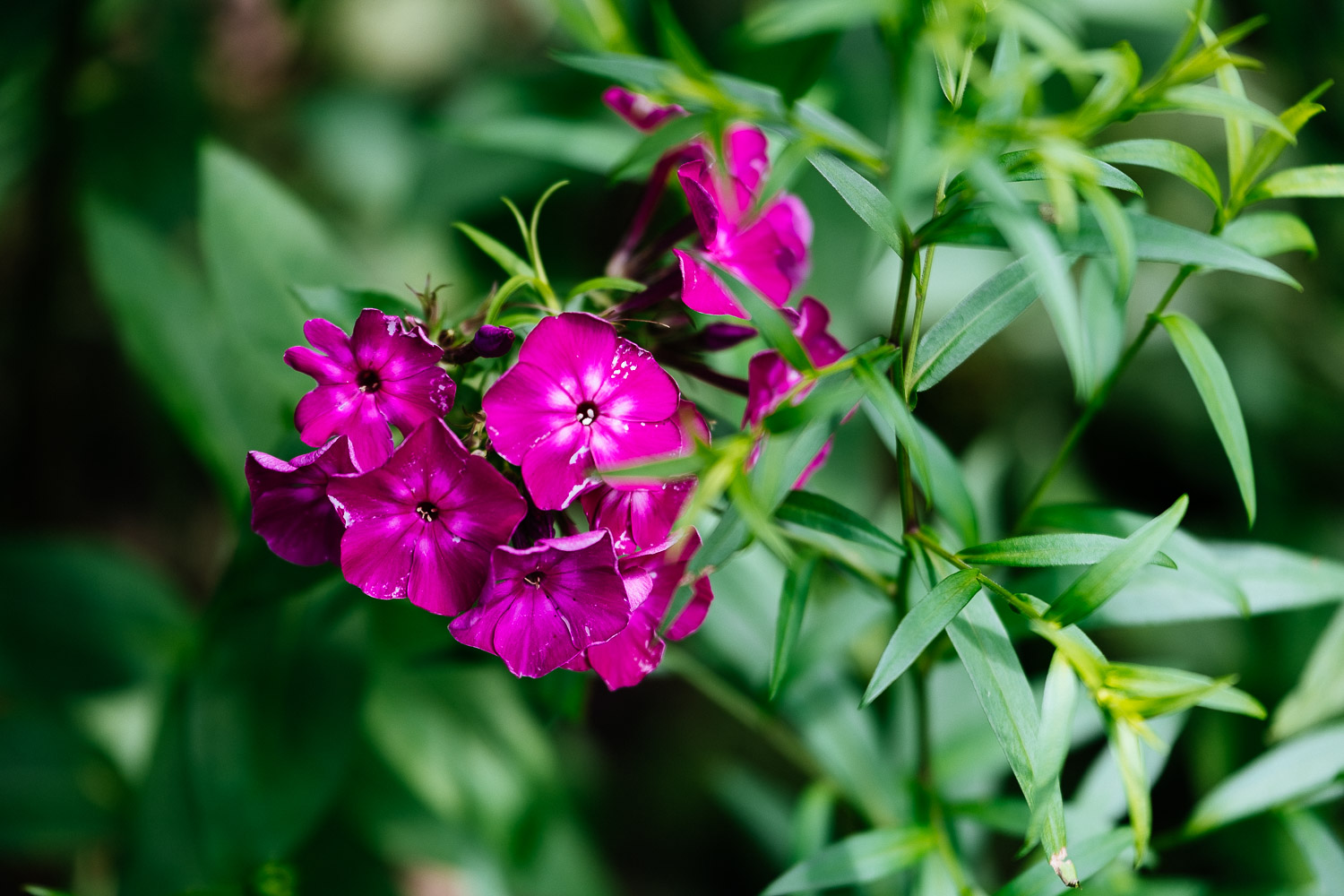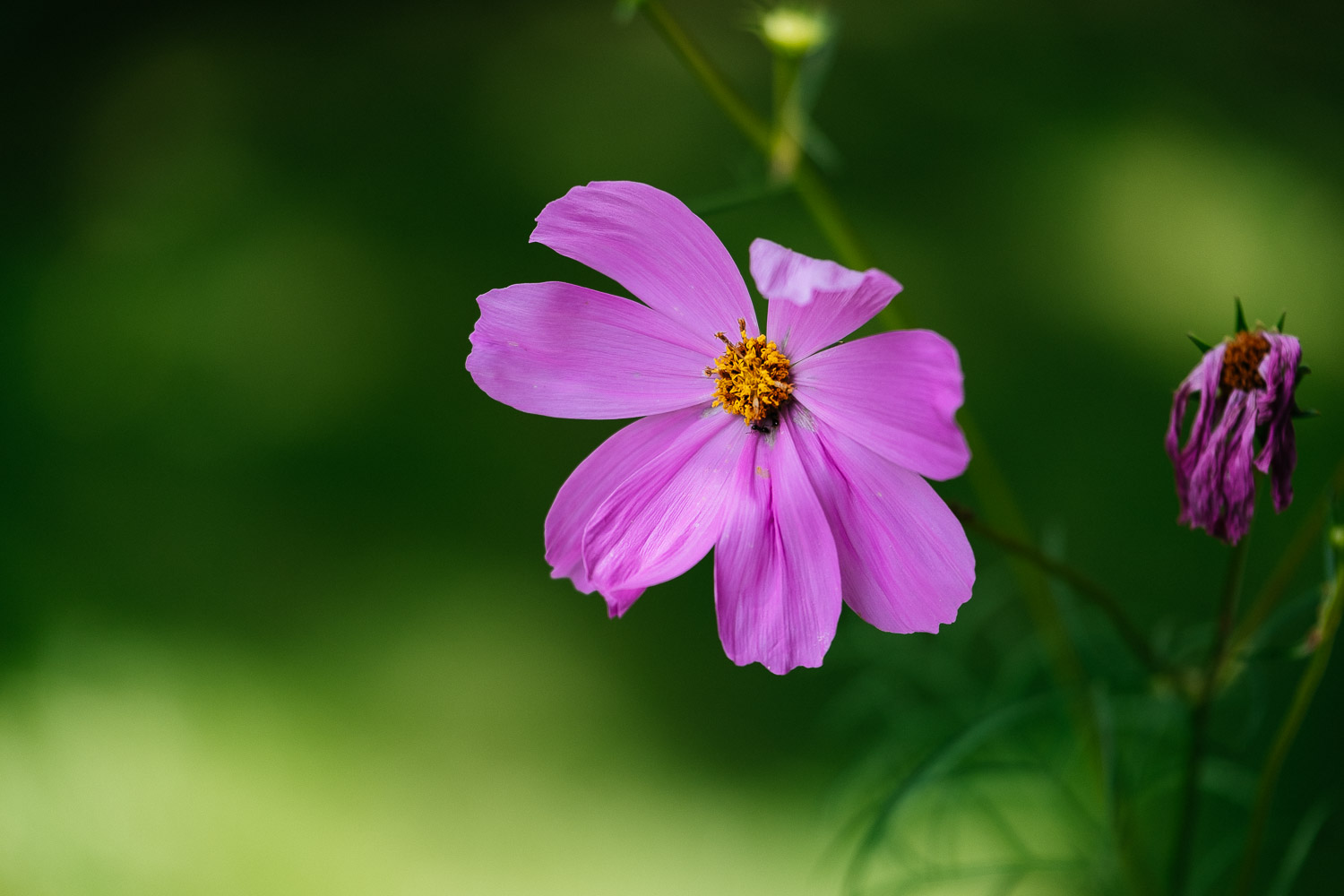 FUJIFILM X-Pro3 (140mm, f/2.8, 1/480 sec, ISO160)
FUJIFILM X-Pro3 (140mm, f/2.8, 1/480 sec, ISO160)
I’m not a flower photographer and this is not a macro lens but somehow it worked.
The main reason I took this lens with my when we visited friends was that I finally take some photos with it. In November I sold my Fuji X100F because I hardly used it and in December I sold the 55-200 in preparation to either get the 70-300 or the XF 50-140/2.8 R LM WR. In January I finally found a nice 50-140 second hand and best of all it was just a 10 minutes drive away from my home. Perfect! The seller had a focus on video and switched to Sony. I think it was a Sony A7III or IV. The lens was in mint condition and we had a deal.
At the same time a second hand XF 8-16/2.8 WR was offered from a guy about 10 minutes in the other direction. For a moment I considered to make the f2.8 trinity (8-16, 16-55, 50-140) complete but I resisted my impulse. For now.
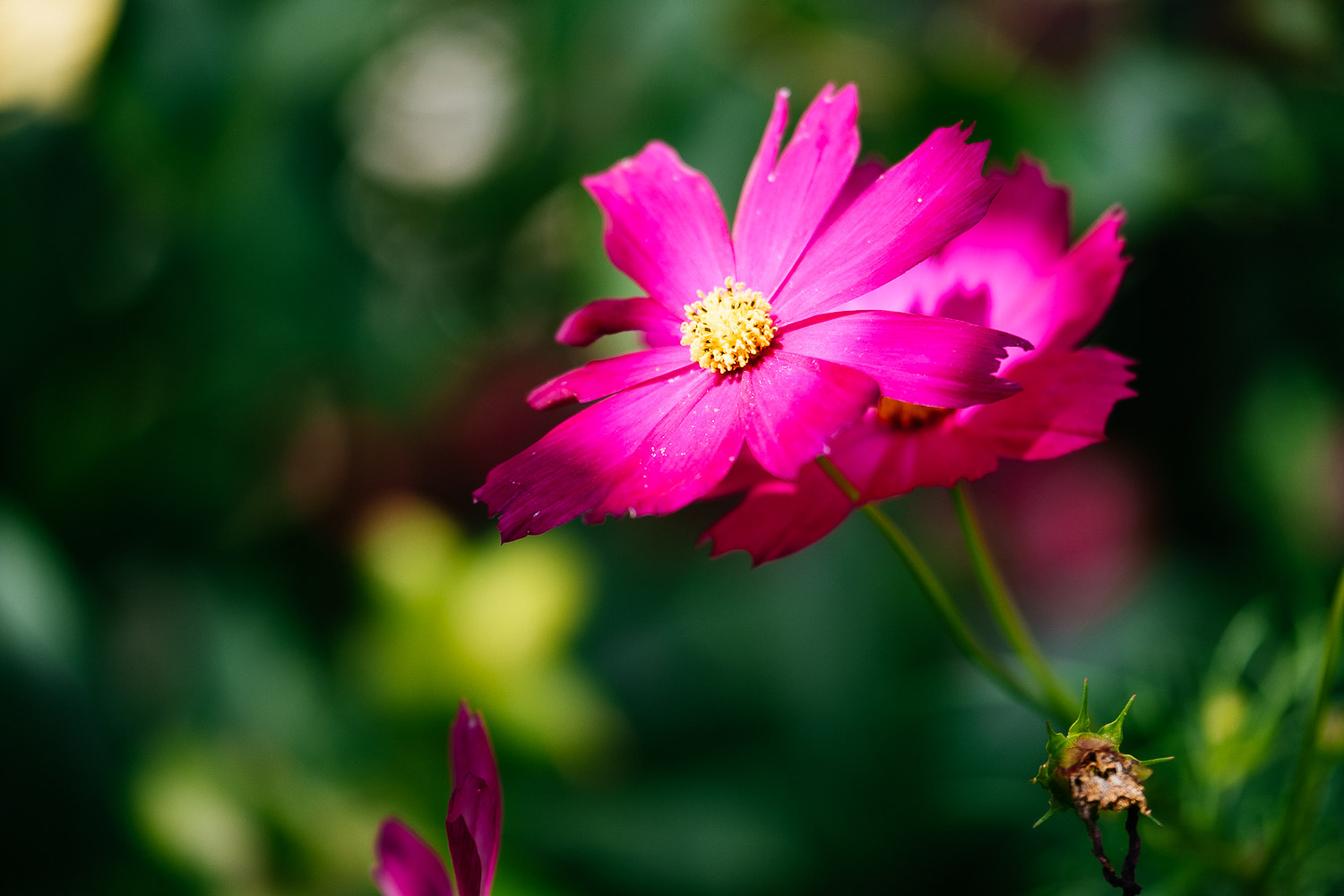 FUJIFILM X-Pro3 (140mm, f/2.8, 1/640 sec, ISO160)
FUJIFILM X-Pro3 (140mm, f/2.8, 1/640 sec, ISO160)
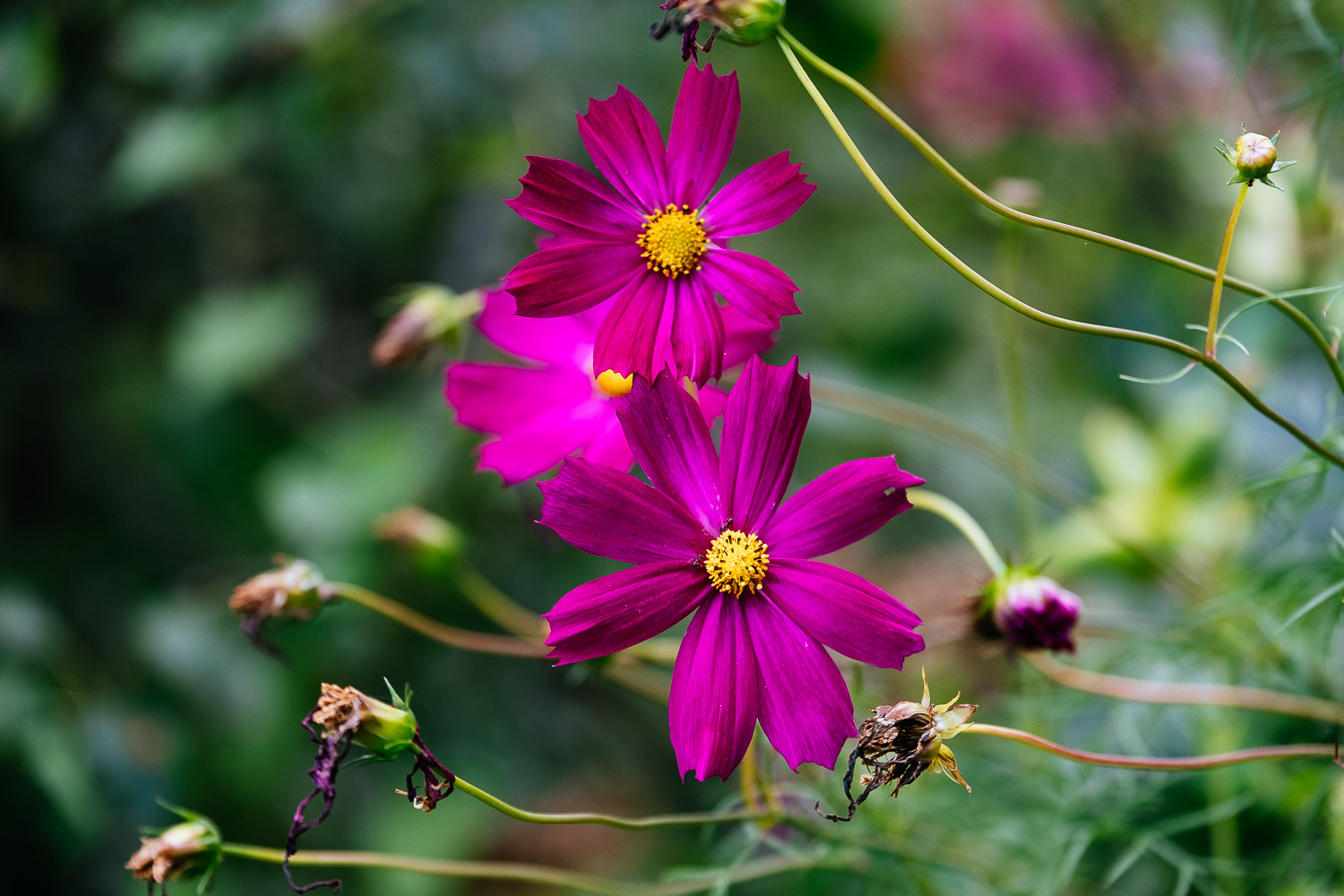 FUJIFILM X-Pro3 (102.2mm, f/2.8, 1/220 sec, ISO160)
FUJIFILM X-Pro3 (102.2mm, f/2.8, 1/220 sec, ISO160)
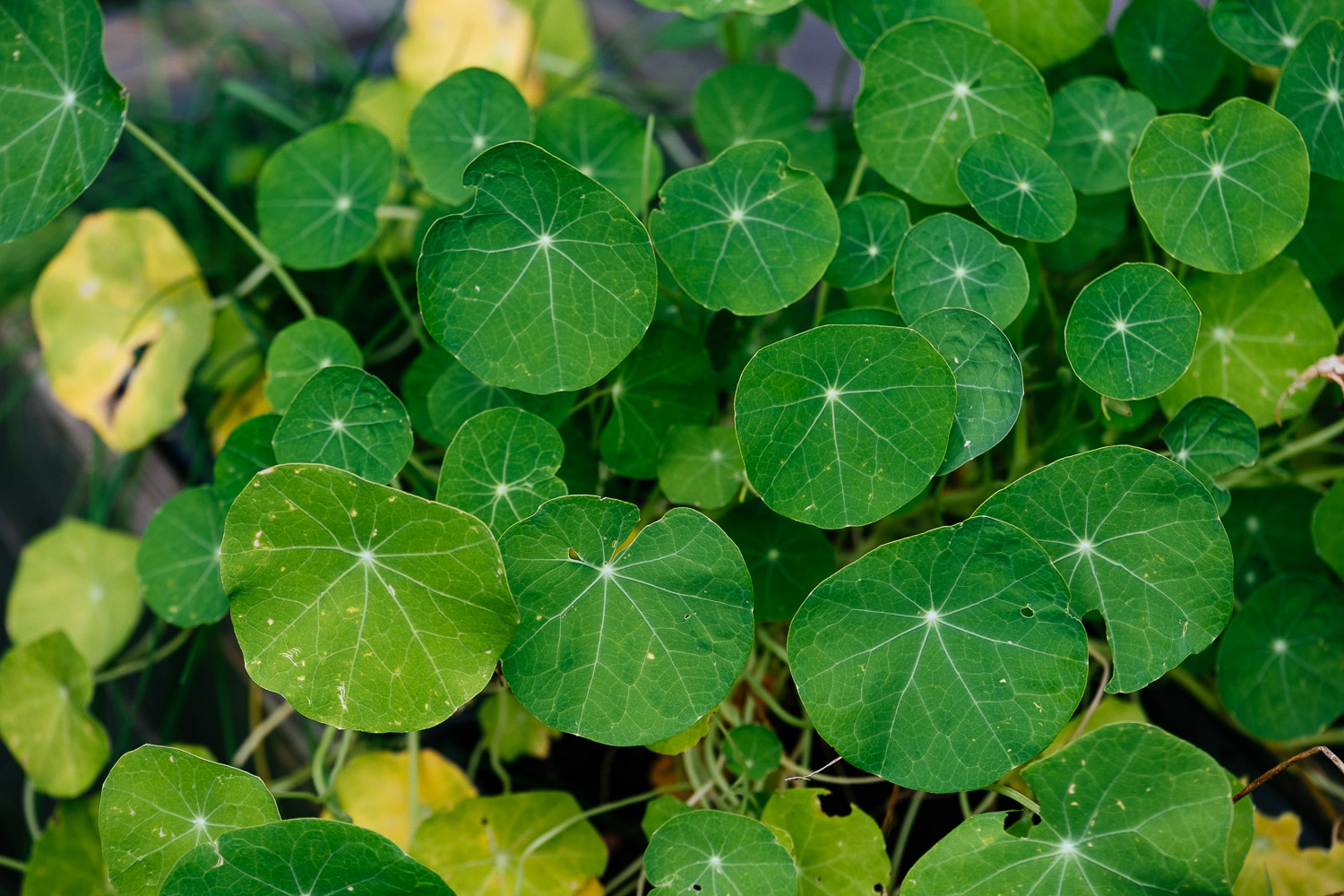 FUJIFILM X-Pro3 (140mm, f/4.5, 1/210 sec, ISO160)
FUJIFILM X-Pro3 (140mm, f/4.5, 1/210 sec, ISO160)
 FUJIFILM X-Pro3 (140mm, f/3.2, 1/400 sec, ISO160)
FUJIFILM X-Pro3 (140mm, f/3.2, 1/400 sec, ISO160)
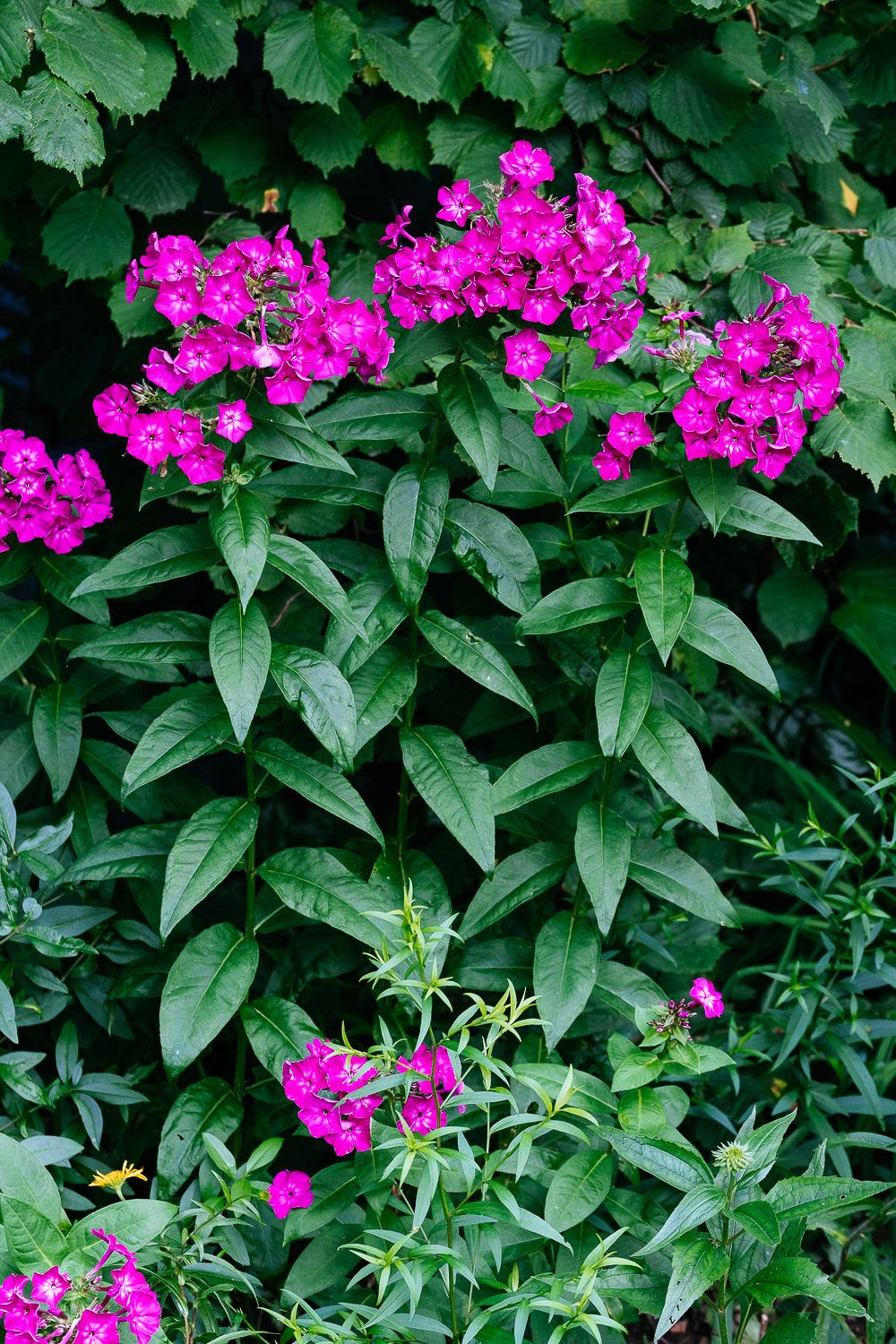 FUJIFILM X-Pro3 (63.4mm, f/5.6, 1/60 sec, ISO320)
FUJIFILM X-Pro3 (63.4mm, f/5.6, 1/60 sec, ISO320)
Like with the 16-55 I hesitated a lot before I finally got the 50-140. Like with the 16-55 I did’t regret my decision. Yes I would have preferred those lenses to be a little smaller and lighter but they are no monsters either and looking at the image quality I’m willing to compromise on size and weight of my gear. Those zooms are clearly a step or two above their slower brothers. So from that experience I would not rule out that I will get the XF 8-16/2.8 WR someday.
But back to the XF 50-140/2.8 R LM WR. What is hot and what is not (so hot)? 😉
Build quality is really first rate. Very nicely done. AF is nearly silent and fast and the lens is sharp wide open even on its long end. The last point is important. It makes no lens to lug around an f2.8 zoom if it needs to be stopped down for optimal results. This lens is nice and sharp wide open where it counts. On the long end. The 16-55 is sharp wide open on its wide end. Very smart of Fuji. You shoot a standard zoom close to its wide setting most of the time and a tele zoom towards its long end. I haven’t tried my 1.4TC yet but I think it shouldn’t be a problem.
What’s not so great on the lens are three things. First I would have loved to see a 70-200 instead of 50-140 but I guess that would have made the lens bigger. The second one is weight. This is the equivalent of the 70-200/4 full frame lens and the ones I know are much lighter than this lens. The Fuji is practically 1kg vs only 780 gram of the Canon 70-200/4 II IS. But to be fair the Fuji is better than the f4 Canon. How can I tell? Well I owned the 70-200/4 II IS before I switched to the 70-200/2.8 II IS. The jump in image quality was very significant. This Fuji is much closer to the Canon EF 70-200/2.8 II IS.
 FUJIFILM X-Pro3 (83.8mm, f/2.8, 1/420 sec, ISO160)
FUJIFILM X-Pro3 (83.8mm, f/2.8, 1/420 sec, ISO160)
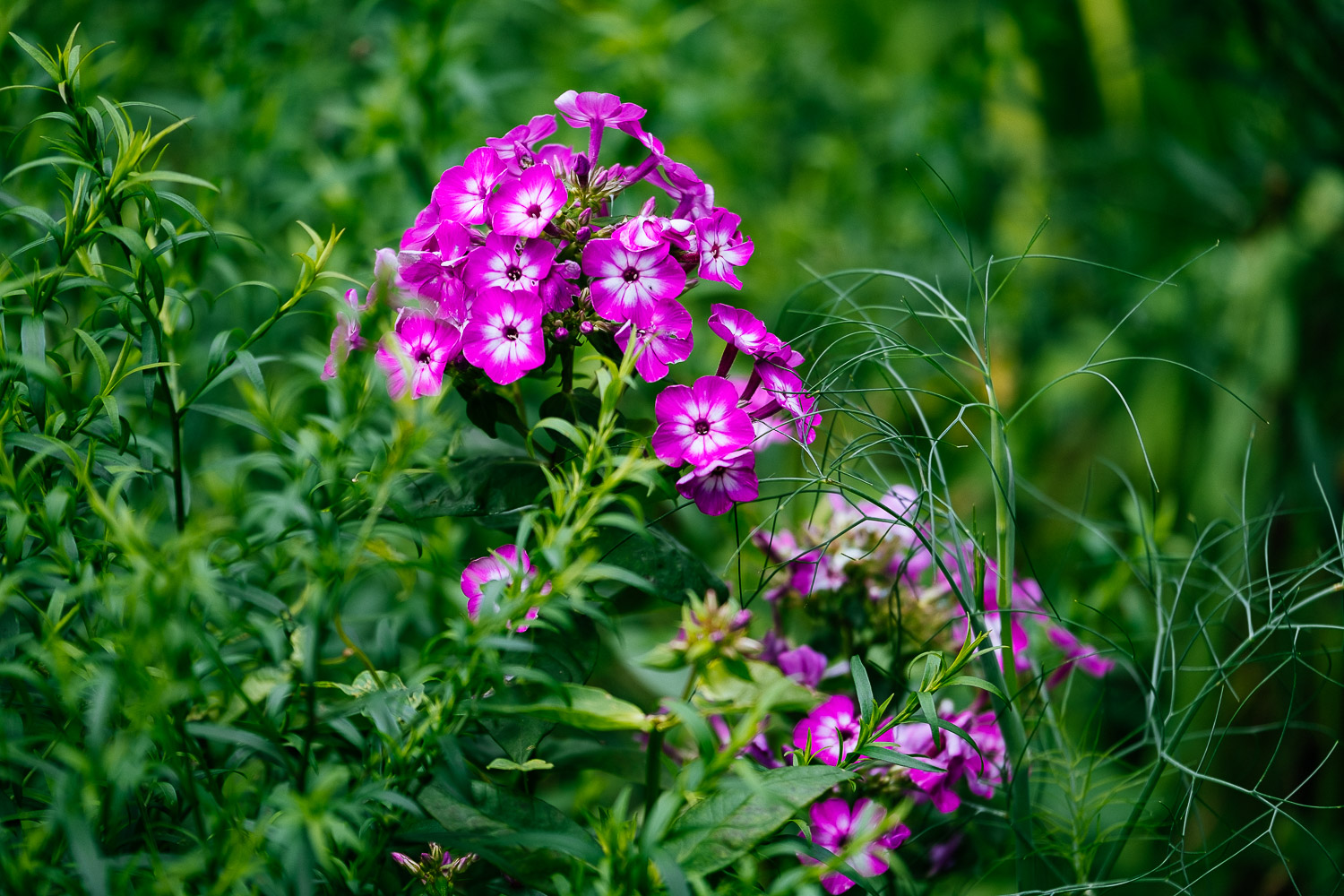 FUJIFILM X-Pro3 (134.4mm, f/2.8, 1/550 sec, ISO160)
FUJIFILM X-Pro3 (134.4mm, f/2.8, 1/550 sec, ISO160)
 FUJIFILM X-Pro3 (140mm, f/2.8, 1/300 sec, ISO160)
FUJIFILM X-Pro3 (140mm, f/2.8, 1/300 sec, ISO160)
How I can tell from a couple of snapshots of flowers if a lens is good or not? Easy: colours pop, the pictures are contrasty and the point of focus is sharp. I don’t need brickwalls or lens test posters to know if a lens is good or not. This is good.
I almost forgot the third property of the lens that I think it not so hot. I’ve seen a nicer Bokeh elsewhere. I don’t know if it is because the lens uses only 7 aperture blades (at least they are rounded) or if it is just the downside of a very sharp and contrasty lens but if your focus is on portrait photography you have to watch the background carefully.

